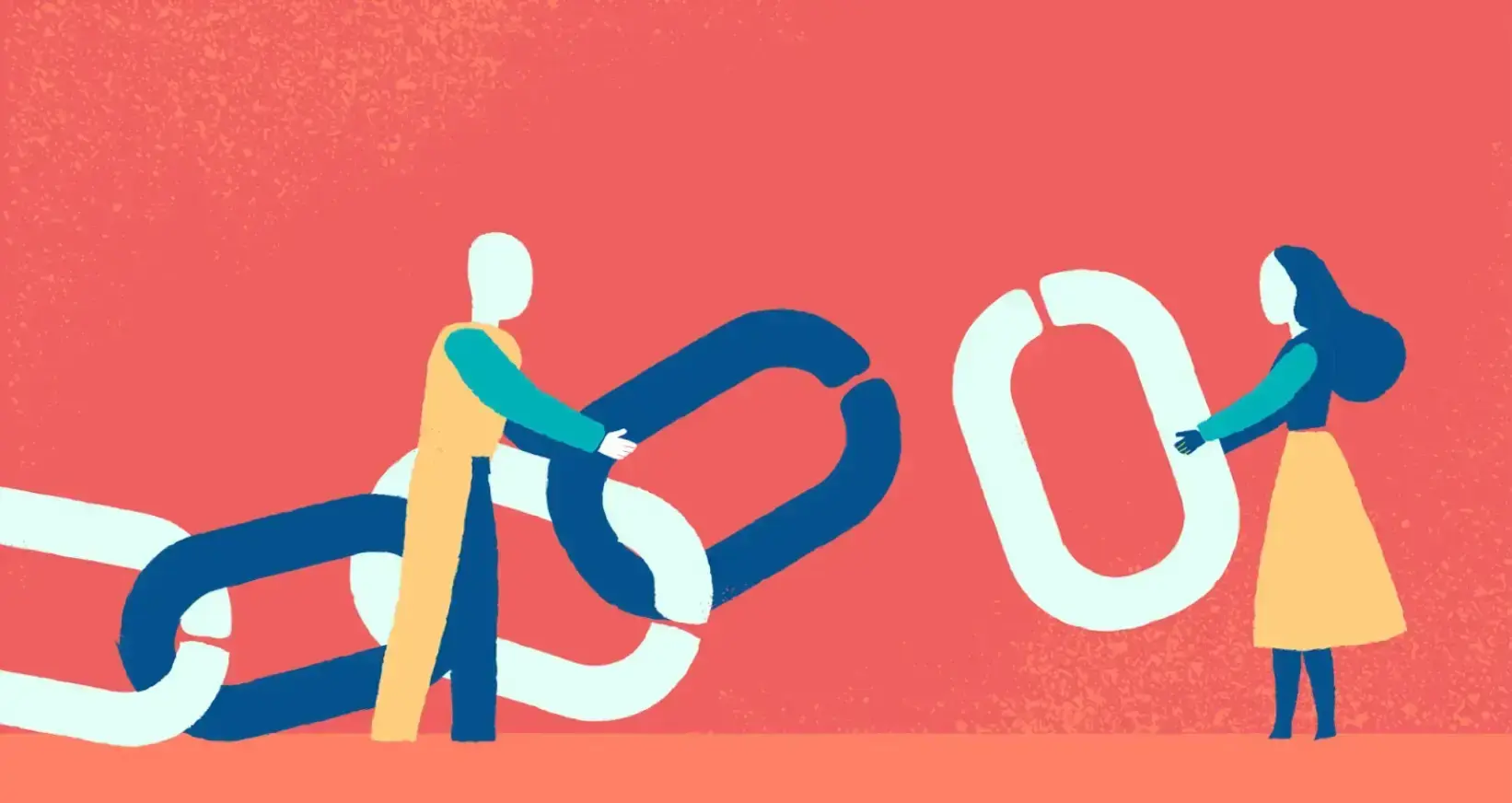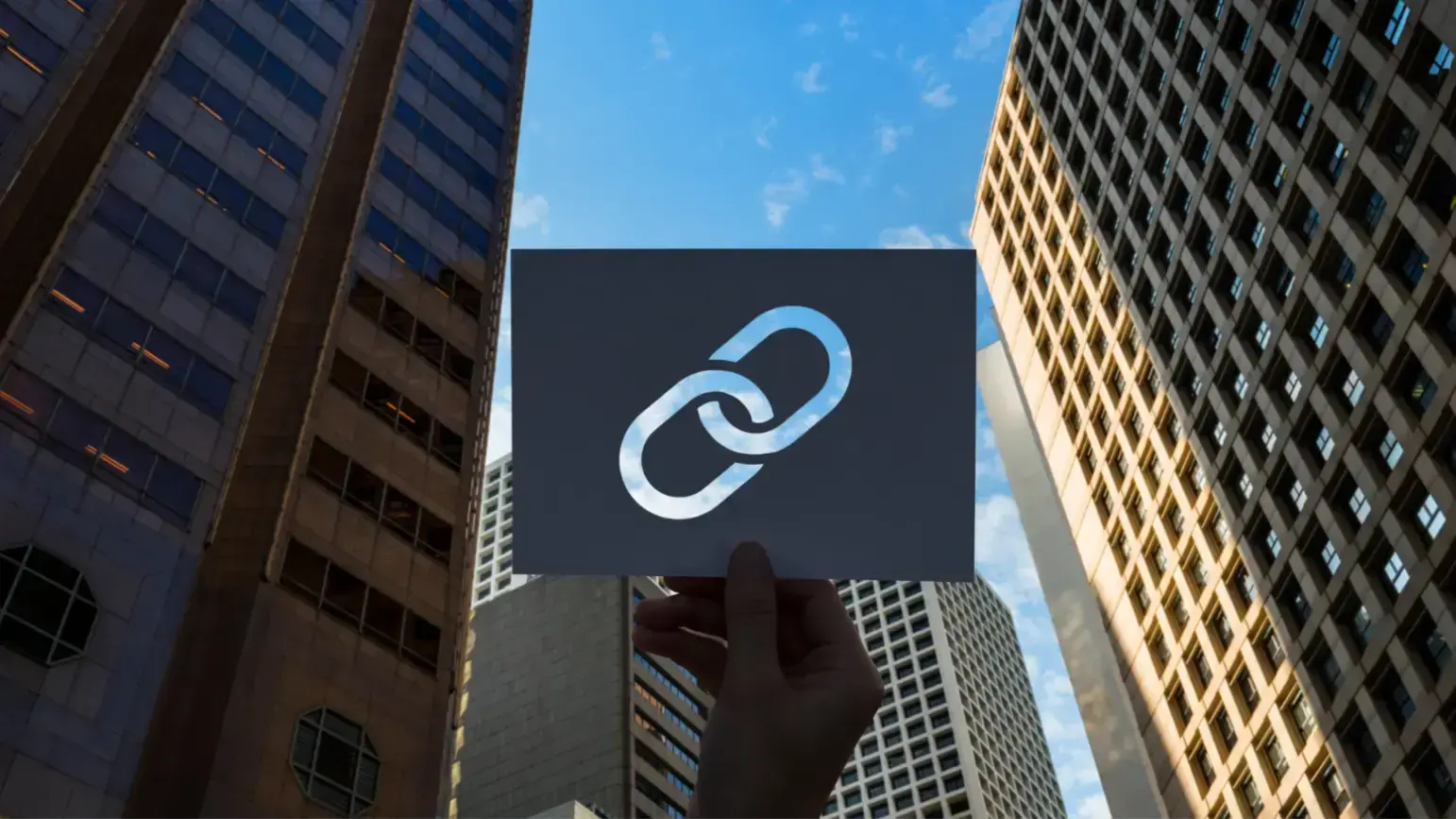Broken links are not just minor technical flaws, as they can significantly disrupt SEO performance and reduce user trust. They also derail the user experience train, lose link equity, and drag a site's perceived credibility downward.
However, intelligent online marketers realize that dead links are not necessarily bugs but hidden SEO riches that must be retrieved.
This article describes how to turn broken links into quality backlinks using a real-world method, quality content, and ethical outreach. If done with attention and care, broken link building will significantly increase your rankings, traffic, and visibility.

Source: Freepik
Why Broken Links Are an Uptapped SEO Goldmine
Search engines such as Google evaluate a page’s backlink profile to determine its authority and relevance.
A broken external link on a page discourages usability and indicates stale or abandoned data. To SEO professionals, it is a caution sign and an opportunity.
Replacing quality content for broken links has the following advantages:
- It keeps the referring websites credible and of high quality.
- It retrieves lost SEO value.
- It earns the web admins' trust.
- It acquires contextual linkbacks from credible sites.
You are repairing a technical problem and providing real value to users and web admins.
"The best links are earned by solving real problems for real users. Broken links are one of the easiest problems with the greatest SEO reward."
— Brian Dean, SEO Expert & Backlinko
Step One: Find High-Value Broken Link Opportunities

Source: Freepik
Finding broken links can be tedious, but it can be a strategic exercise with the right tools and a targeted approach. Target websites that tend to include external links and have high domain authority.
- The best target websites are
- Industry directories and resource libraries
- Government and schools
- Editorial blogs and publications
- Nonprofit groups
Use such tools as
- Look at My Links (to crawl individual pages)
- Ahrefs or SEMrush (to study competitor backlink profiles)
- Screaming Frog (to spider entire sites)
- Wayback Machine (to review archived versions of expired domains or outdated pages)
Such tools enable you to identify broken outbound links, view them in context, and verify if your content can fill them in.
“Broken link building is not just about fixing errors—it’s about unlocking hidden SEO gold mines that can dramatically boost your site’s authority and traffic.”
— Rand Fishkin, Founder of Moz & SparkToro
Step Two: Evaluate & Qualify Broken Link Prospects
All broken links aren't worth pursuing. The challenge is to organize each opportunity according to its potential value. The most valuable alternatives stem from pages with appropriate themes and high usage.
Filter by these criteria
- Trust in the source website and domain authority
- Alignment between the source content and your subject matter
- Anchor text type utilized
- Quality of the source page and visibility of backlinks
Would my replacement content make me, the website owner, feel comfortable linking to it? If so, do so.
Step Three: Create Content That Outranks the Original

Source: Freepik
Having identified a qualifying broken link, your next item on the agenda would be to create a high-value replacement. Your replacement content needs to be better than the original in terms of clarity, profundity, and user engagement.
Tools like AI text generators can help you draft initial versions quickly, allowing you to focus on refining tone, structure, and relevance for the target site.
You can use the Wayback Machine to see the content's original structure, tone, and intent. Then, you can construct a better replacement.
Good kinds of content are:
- In-depth guides or tutorials
- New lists with new information or tools
- Step-by-step how-tos on evergreen subjects
- Interesting infographics or visuals
Content tips:
- Make use of bullet points and simple headings to facilitate rapid scanning.
- Break up paragraphs into factually correct ones
- Add both internal and external links to related resources.
The goal is to produce content that the referring site would enthusiastically link to.
Step Four: Master the Art of Outreach
Outreach is where your hard work comes together. Without outreach, amazing content is undetected. Continue building relationships and offering help, not hawking.
The email format should be the following:
- Warm salutations and appreciation of their site's value
- Notification of the broken link with the entire URL
- Introduction to your fill-in content
- A courteous request for attention
Avoid confrontational language. Consider the site owner's time and proof of correspondence. A courteous second request in a few days is allowable if a response is not received.
How to Automate & Scale Your Broken Link Strategy
Implement this plan in your monthly SEO routine to automate and scale it. Repetition and organization are the keys to long-term success.
How to automate and scale:
- Make a list of niche sites to track
- Use the software to crawl these domains on a regular basis.
- Monitor broken links and what type of content they link to
- Keep an outreach performance spreadsheet
Use this work with your content marketing. Any new guide, blog, or resource you create can be a link-worthy substitute for stale web content.
Diversify Your Backlink Portfolio

Source: Freepik
Although broken link building is highly effective, it should be complemented by other strategies for balanced SEO growth. A varied backlink profile builds long-term SEO resilience.
Some other link-building prospects that can be combined with it are:
- Guest blogging on authority websites
- Influencer interviews and marketing
- Being listed on resource pages
- Press and digital PR
Balance do-follow and no-follow links for optimal SEO. While the latter will not pass link equity, they are included in traffic and brand development.
Common Mistakes to Avoid in Broken Link Building
Even the best strategy can fail when executed incorrectly. Avoid these SEO Mistakes to maintain credibility and efficacy.
Mistakes to avoid:
- Generic outreach: Avoid copy-pasting emails
- Poor content: Ensure your stand-in is worth it
- Ensure your pitch aligns with the site's topic for better relevance.
- Poor follow-ups: Links are lost most often because of communication failure
- Over-quoting quantity: A few good, solid backlinks are worth more than dozens of worthless ones
Frequently Asked Questions
1. What is broken link building in SEO?
Broken link building involves finding dead links on a page and providing your content as a substitute. Web admins commit errors that are fixed, and you get backlinks as a bonus.
2. Are broken backlinks bad for SEO?
Broken links disrupt user experience and indicate poor website upkeep, which can negatively affect SEO performance. Replacing them with working links improves search engine signals and users' credibility.
3. What content works best for broken link outreach?
Content most closely related to the original broken link adds more value. This can be in-depth guides, improved tools, or infographics providing insight or added depth.
4. How long before I see SEO results?
SEO based on backlinks typically takes four to twelve weeks, depending on your website's initial authority, the quality of its linking, and crawl frequency.
5. Will this strategy work for new websites?
Yes, broken link building is one of the more successful white-hat techniques for newer websites to build authority, particularly where the content presented is valuable and well-researched.
Author Bio
Sabir Ali is a results-oriented content marketer and outreach specialist who empowers brands to grow through SEO, high-authority backlinks, and strategic digital partnerships. He’s driven by value, visibility, and long-term growth.


